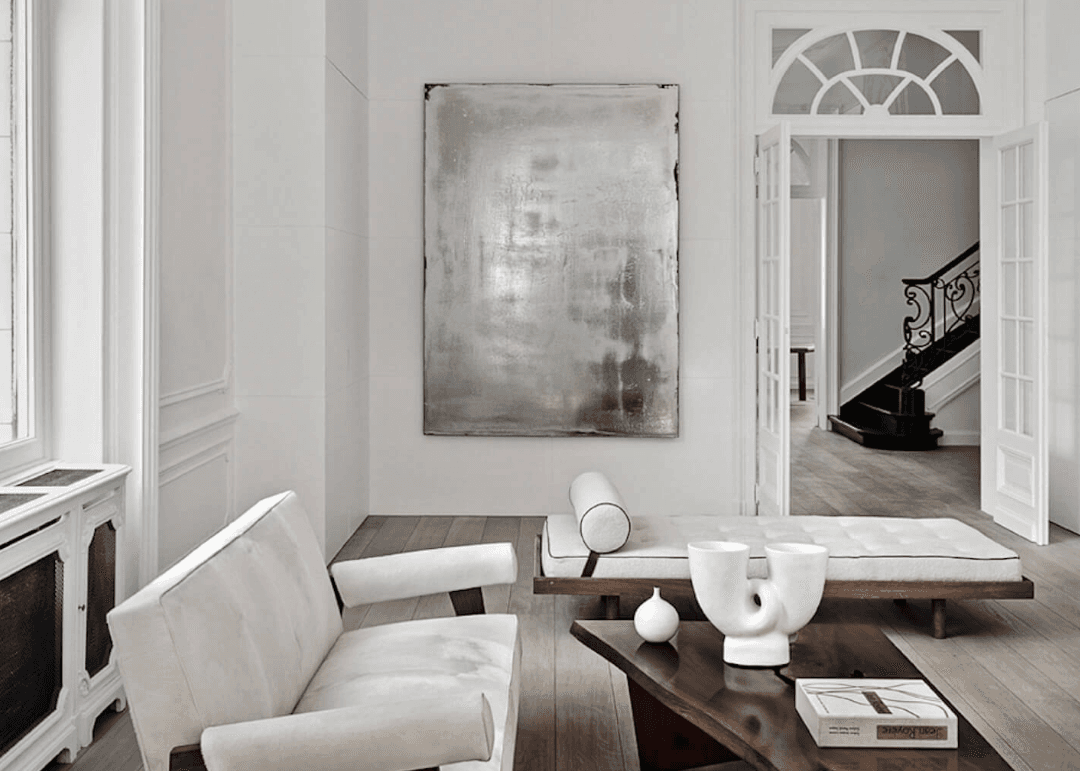
From Vintage to Vogue: 10 Tips for Modernising Older Homes
Mixing old and new design elements in a home can be tricky, but the payoff is a home that strikes a perfect balance between comfortable nostalgia and sleek modernity. There's no strict rulebook saying that heritage homes can’t embrace modern trends or that modern homes can't showcase vintage finds. It's all about blending these styles to create a home that feels right. If you're looking to combine old and new in your home, we’ve rounded up some of the best tips to help you do just that.
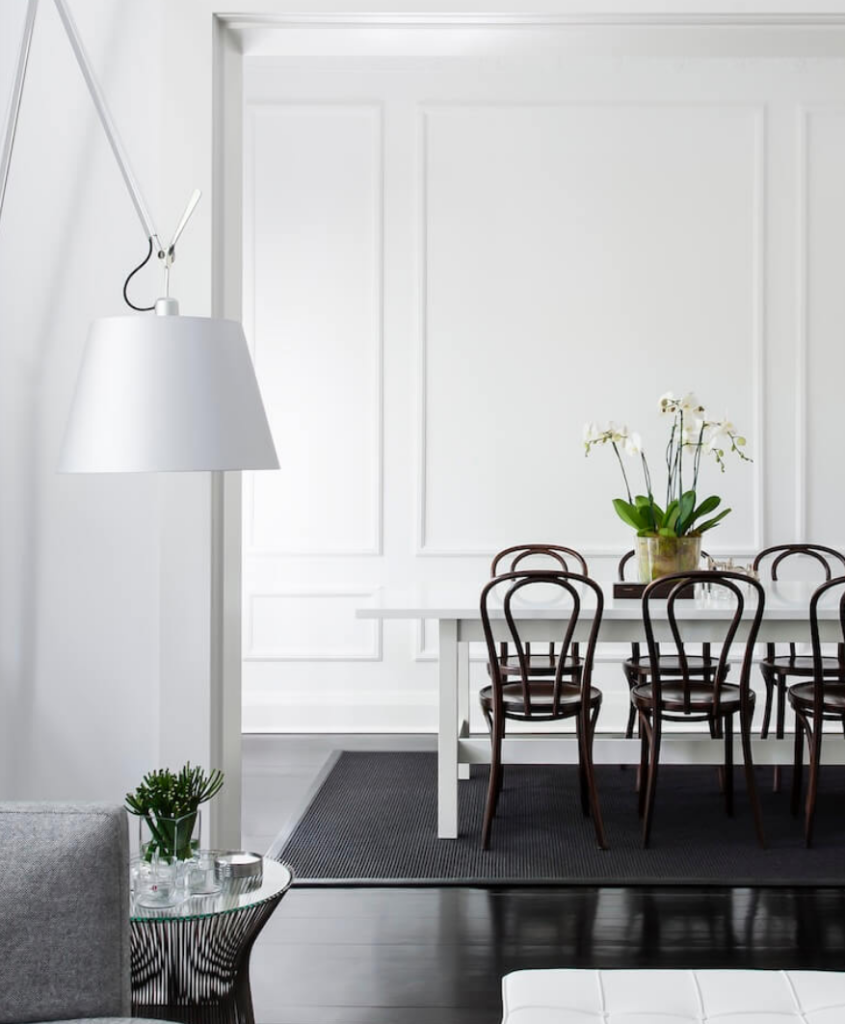
1. Set Your Design Style and Colour Palette
Updating an older home is all about striking the right balance, and the starting point is always your colour palette and design style. Whether you're drawn to the cosiness of warm hues or the clean lines of mid-century modern design, establishing these elements first will simplify the process. This will give you a clear framework for what fits and what doesn't, helping you identify which features to update and which to highlight.
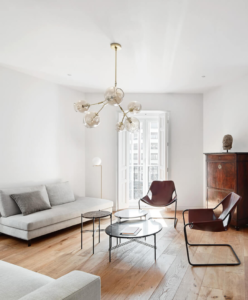
2. Refresh The Canvas
Updating a home's interior can be as simple as refreshing the paint and floor treatments. A new coat of neutral-coloured paint can give outdated walls a modern edge while maintaining the home's classic charm. But don't stop at the walls, the 'canvas' of your floors is equally important. Professionally cleaning a carpet can rejuvenate a room, offering a like-new look for less. Similarly, sprucing up wood floors with either a thorough cleaning or a new rug can redefine an older space. These touches not only clean and modernise but also set the tone for your home's aesthetic.
3. Modernise For Safety and Efficiency
When modernising your home, it's crucial to consider the unseen but vital systems like plumbing and electrical work. While plumbing systems can last decades, may have hidden issues, such as lead soldering that could compromise your water quality. Electrical wiring, too, is often outdated in older homes and may pose a fire risk. Addressing these systems should be part of your overall upgrade plan, ensuring your home's safety and functionality match its aesthetic appeal. If you're already planning a renovation or revamp, it's smart to get these checked and changed all at once.
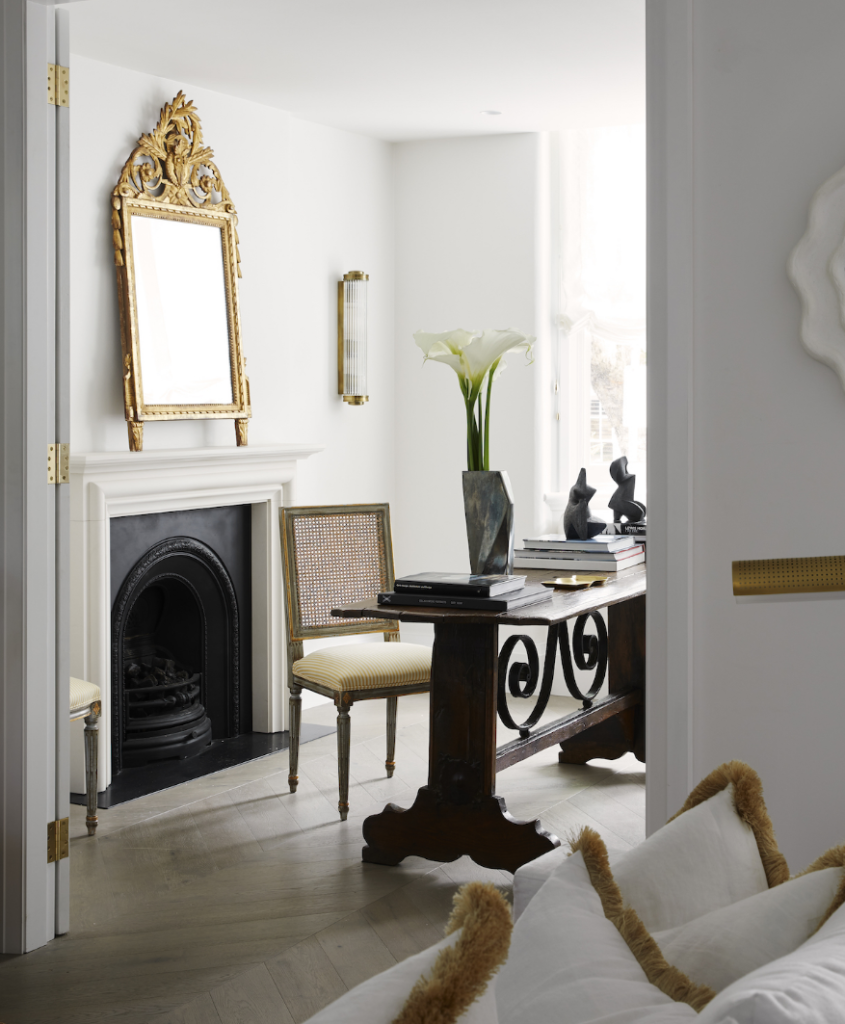
4. Restore Older Features Instead Of Replacing Them
Before you think about ripping out that old fireplace or replacing tarnished door handles, consider restoration. Those old architectural details are what give your home its distinct personality, and with a little love, they can stand out as highlight pieces that tell a story. Polishing, painting, or refinishing can bring new life to these elements, allowing them to shine without losing their vintage appeal. It’s a sustainable choice that preserves the character of your home while saving you the cost and hassle of a full replacement.
5. Replace Outdated Hardware
It’s often the little things that make the biggest difference. Hardware like cabinet knobs, door handles, and light switch covers can subtly signal the home’s era. These small fixtures may seem insignificant, but they're constantly in use and always in view. Updating these items to more contemporary styles can be a simple yet powerful way to modernise your space. Choosing the right finish - like matte black for a modern edge or brass to add warmth - is crucial for complementing the home's existing features. Remember, consistency is key, so aim for a cohesive look that ties each room together.
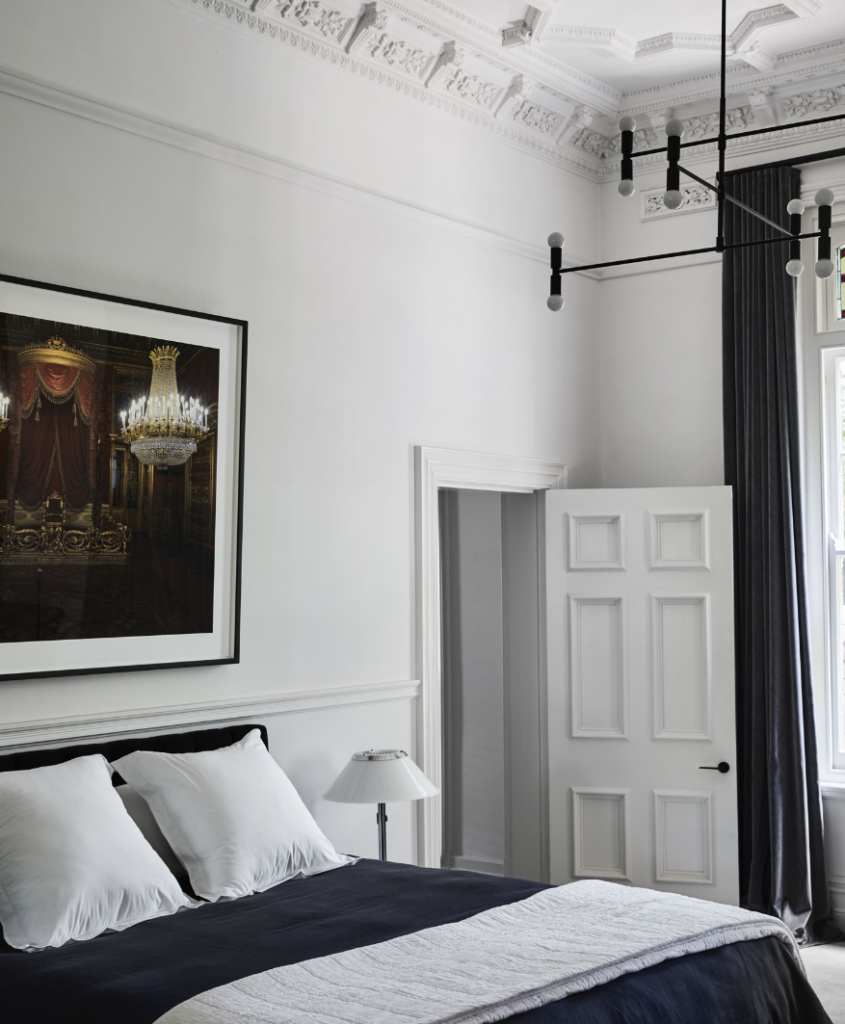
6. Highlight The Unique Features You Love
In a home peppered with unique architectural elements like original woodwork, crown moulding, or decorative cornices, make sure these features are highlighted when the home is modernised. Instead of blending them into the background, use colour contrasts to make them pop - consider painting the walls a lighter shade to deepen the wood's rich tones or a matte finish to draw attention to the intricate patterns of metal lacework. The right lighting can also spotlight these details, with directed lights that accentuate the textures and craftsmanship that set your home apart. Showcasing these characteristics will preserve your space's uniqueness and highlight your home's rich history.
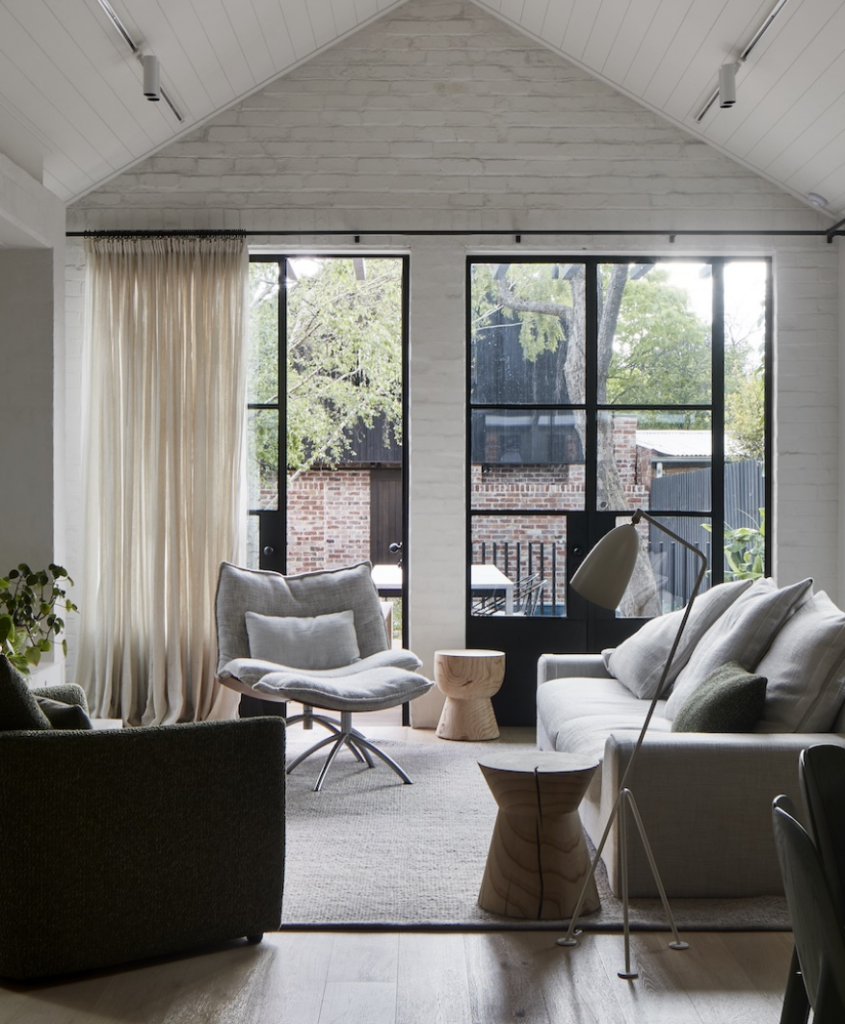
7. Modernise Your Floorplan
One of the most common ways to modernise your older home is to adopt an open-plan design, creating that spacious, airy vibe that's a hallmark of contemporary design. While this can give your home a fresh, expansive feel, it's important to remember that older structures may not always play well with this concept. You might hit a wall (literally) when trying to expand your kitchen or bathroom without building an extension. When considering changing your floorplan design, it’s about being smart with the space you have. Sometimes, simply removing a non-load-bearing wall can dramatically improve the flow of your home without the need for extensive construction. Always consult with an architect or structural engineer to ensure your plans for open living are both safe and feasible.
8. Change The Lighting
Older homes often come with less light and more character, but there’s no reason you can’t have both. While cherished vintage light fixtures add character, adding additional lighting elements can significantly brighten your space. To invite more natural light, consider adding or enlarging windows, which can alter the atmosphere of your home dramatically. When structural changes aren't an option, refreshing the windows with cleaner, more contemporary treatments can maximise light and add a touch of modern flair to your space.
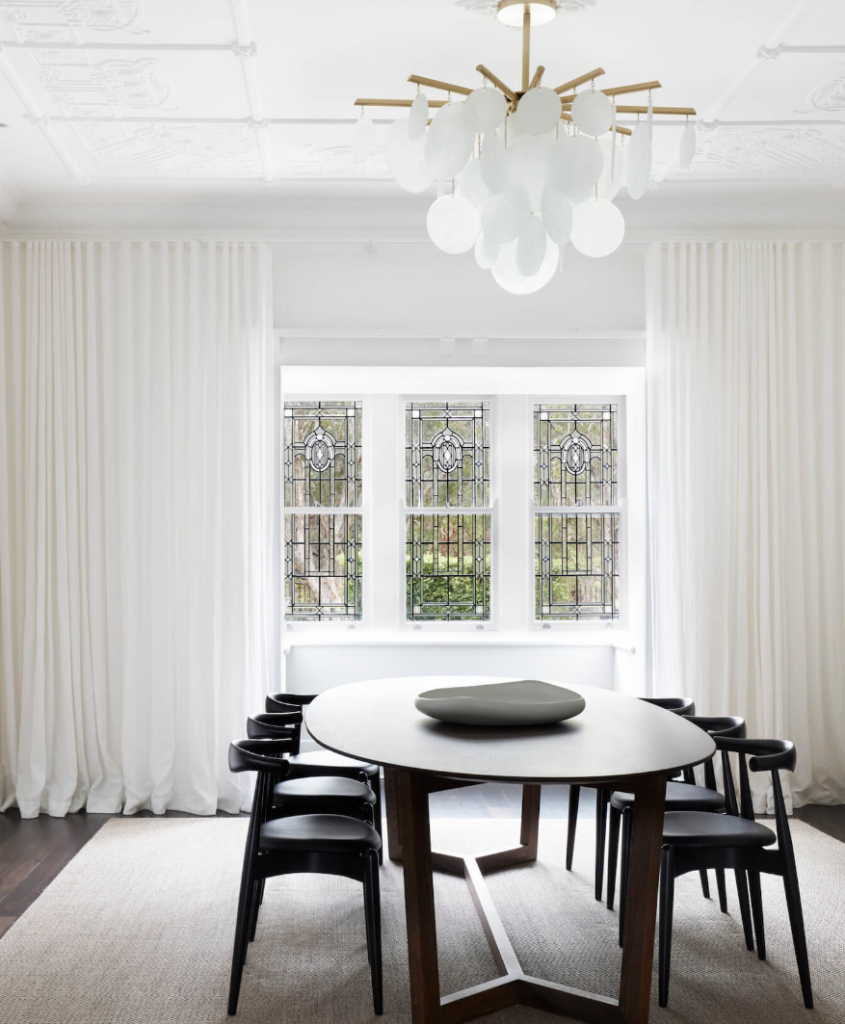
9. Replace Old Dingy Curtains
Hanging onto the original curtains may seem like a nod to your home's history, but they can make your space feel stuck in a time warp. Curtains are one of the most noticeable features in any room - they take up significant visual space and influence the room's lighting and colour scheme. Choose modern options that complement your colour scheme and enhance natural light, giving your rooms a contemporary edge. While you're at it, take a look at the curtain rods too. Replacing old, out-of-style rods with something contemporary can elevate the room's design and add a polished finish.
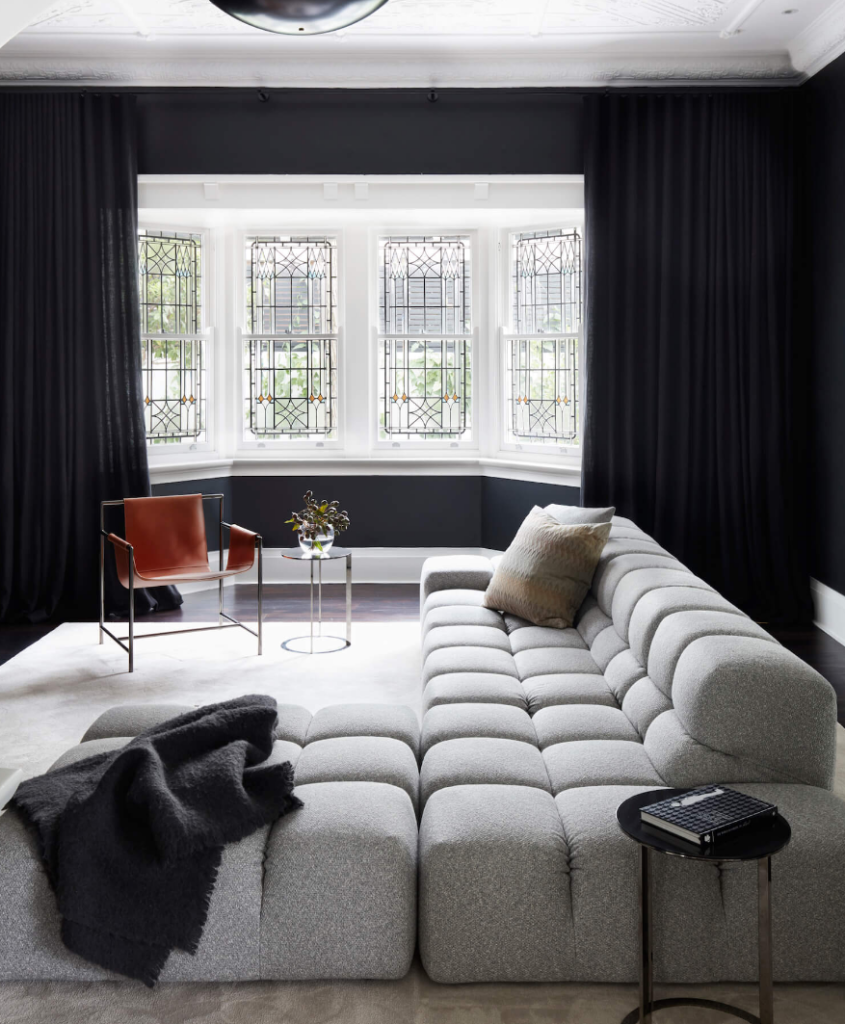
10. Modernise Your Furniture
Integrating modern furniture into the distinct personality of an older home requires a thoughtful approach to achieve a look that's both sophisticated and contemporary. Begin by combining classic and modern pieces, allowing the sleek lines and simple forms of modern design to enhance the intricate details of vintage pieces. For instance, position a classic vintage couch with a minimalist coffee table, carefully considering the scale so that the newer items complement rather than overshadow the old. Modern lighting and striking art pieces can also serve as connectors between different design periods, like placing a contemporary lamp on an antique desk. The goal is to create a dialogue between different times within your decor, where each piece, whether old or new, has room to stand out and be appreciated on its own merits.
Giving your home a contemporary refresh while honouring its historical character requires a careful approach. Be sure to do your research and have a clear vision of how you want your space to not only look but feel. With a clear plan, you'll find it easier to maintain the integrity of the home's original features while giving it a fresh, modern edge.